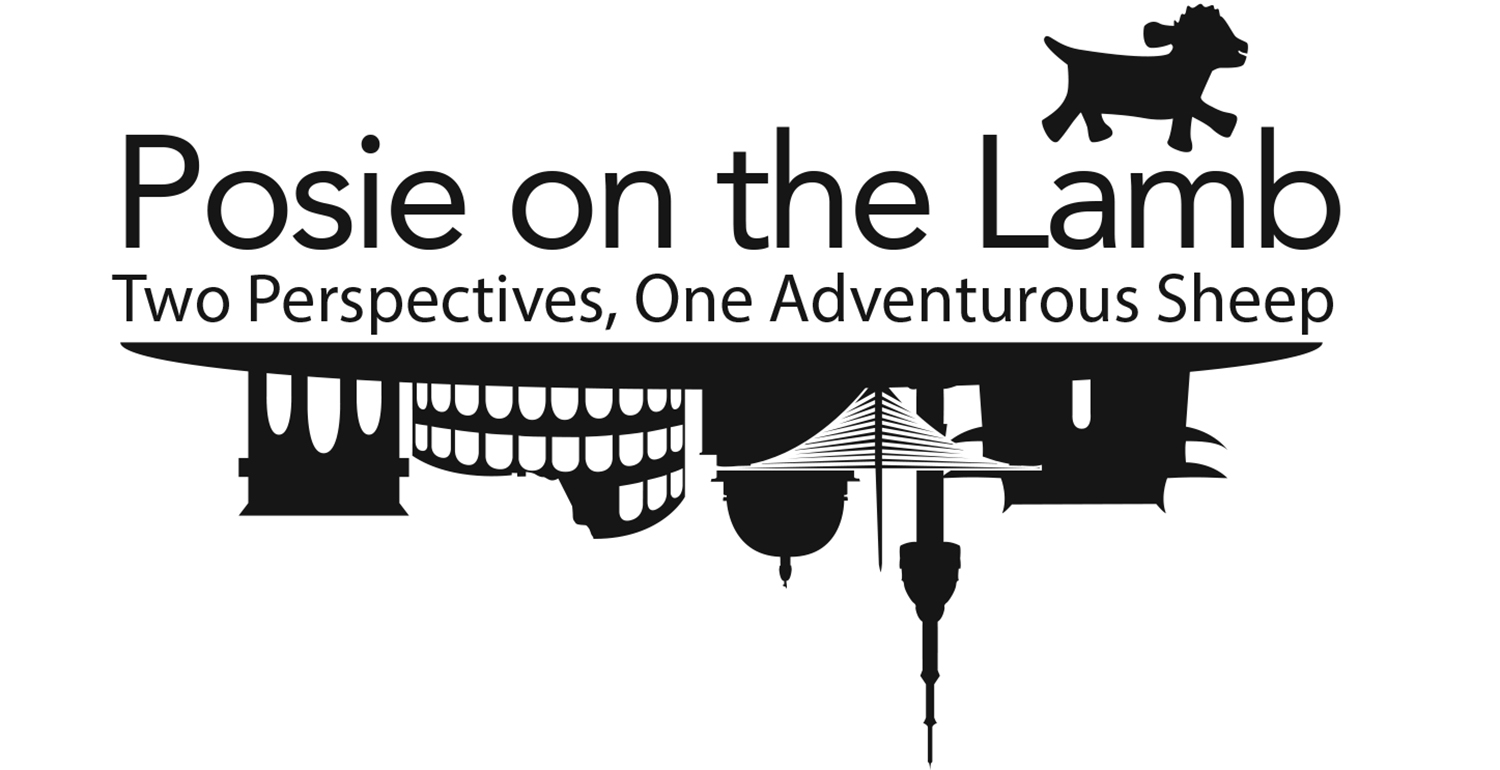Fistful of Tugriks

It is a truth universally acknowledged that a well-dressed woman has no place to stash the boodle.
I was in my best dress and jacket, hair up, lips painted, and I had no choice to but to accessorize with an armload of cash. There wasn't a single decent place to hide the money, and the indecent option sounded uncomfortable. This is why Bonny needed Clyde: he was the one with the pockets. Let down by fashion, all I could do was put on a thousand-watt smile and hoped no one noticed. I slid through the crowded lobby, making eye-contact with strangers to keep them from looking at my hands. The staccato clatter of my heels pursued me down a hallway and up the stairs. I collapsed in an empty room to count my haul. There was over a million in faded, colorful bills.
Mongolian tugriks are gorgeous, and not just when you have a pile of them spilling off your lap. They’re printed in deep blues, pinks, and purples, with chunky Cyrillic typeface and vertical ribbons of traditional script. The backs are decorated with horses, cattle, and rounded ger tents. The fronts pay tribute Mongolia’s greatest heroes: baby-faced Sukhbaatar and the Great Khan himself. Chinggis (aka Genghis) Khan looks disarmingly peaceable, more like a sage than a warrior. Legend has it he was both.
Before we left for Mongolia, Sam wrote a post on how little we knew about our new home. The same was true for money. Our bank in Milwaukee didn’t even know tugriks existed. (“It’s not on our international currency list.”) We couldn't get it in Beijing's airport either, even though China and Mongolia go way back—at least as far as the 13th century when Chinggis & Sons went into business importing foreign lands.
To be fair, the tugrik isn't that exciting from a financial point of view. It's value has been falling for years; there are currently more than 2,200 tugriks to the dollar. But in practical terms, this is a high-maintenance currency. The largest bill in circulation is ₮20,000 (just shy of $10). Even within the capital city, Mongolia has a cash economy. Imagine having to pay for everything in tens. Imagine getting paid in tens. You'd have bills hanging out of your pockets like Scrooge McDuck, able to jump into your salary like a pile of leaves. (Thank goodness Mongolia doesn’t do coins.)
That's the best case scenario, of course. I got paid for my first week of work in ₮10,000 notes. A cashier with a shovel and a bored expression counted out more than a million tugrik for me. That’s when I hit the pocket snafu. It was the first day of class at my new school, and I had to pass through a sea of students and parents to get back to my desk. I didn’t want their first impression of me to be of a semi-glam American making off with a sizeable chunk of their nation’s economy.
So instead I went with “incomprehensible American with crazed smile running past in heels.” It was a look that came naturally to me, and possibly even distracted them from my million new accessories. Though I’d like to think at least one person saw me and thought, “Hey, that girl can dress!”
-Erin
